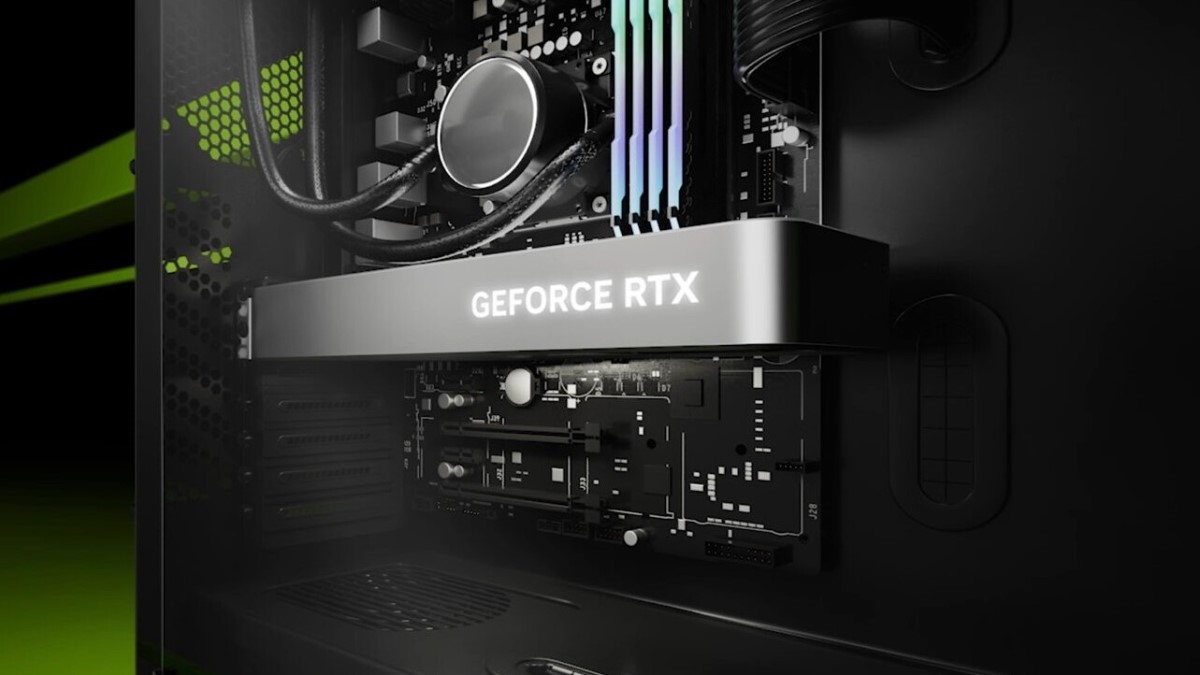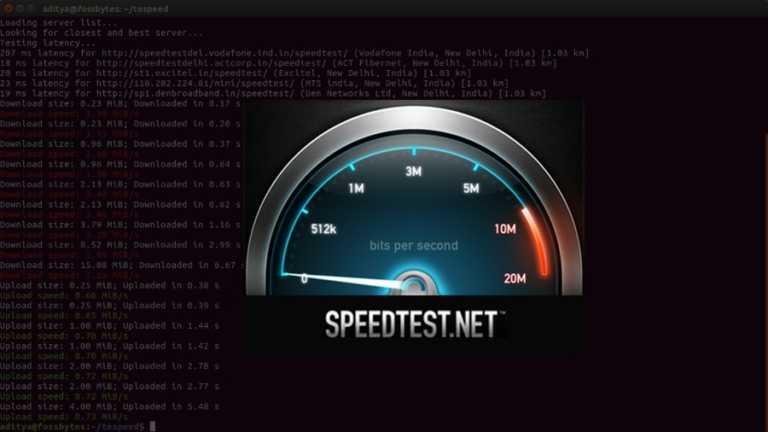Nvidia GPUs have long been the preferred choice for consumers, thanks in part to their performance and integration with various workflows. However, the recent silicon shortage has led to skyrocketing GPU prices, reaching upwards of $2,000. This surge has not only made high-end GPUs unaffordable for everyday users but has also driven many towards considering refurbished options. Therefore, here is everything you need to know before buying a Nvidia GPU.
Factors to consider
Before we get into the recommendations, it is important to understand your workflow and factors since they will directly impact the GPU consideration. These include:
1. Finding the balance between the CPU and the GPU
When assembling a new system, users often overlook the balance between these two key components, sometimes pairing a low-tier CPU with a high-end GPU. While this might not impact everyday use, certain scenarios can bottleneck the CPU, thus limiting the GPU’s performance as well.
2. Matching the GPU with Monitor Resolution and Refresh Rates
Consider a user with a 4K monitor planning to build a new PC on a $1500 budget. In such a scenario, the RTX 4060 appears as a suitable choice, being a mid-range card within the budget. However, when paired with the 4K monitor, this GPU might struggle to run AAA games at full resolution since it’s optimized for a 1440p gaming experience. Therefore, users must align their GPU and monitor specifications to optimize their setups effectively.
3. TDP and Power Supply
To put things into perspective, a GPU’s TDP (Thermal Design Power) represents the maximum power a system can draw under a sustained workload. Higher TDP numbers indicate greater power consumption.
While the TDP wasn’t much of a concern half a decade back, Nvidia’s RTX 30 series significantly increased the power draw to achieve higher performance. As a result, existing PC users upgrading to a new GPU must verify if their power supply unit (PSU) meets the necessary wattage requirements.
4. Form Factor
If you are considering buying a new Nvidia GPU for your old system, the form factor is another important aspect since most options are now full-height and occupy more than two slots.
5. Graphics memory
Arguably, the most critical aspect, graphics memory (VRAM), directly impacts game performance. Additionally, given that many modern AAA titles exceed 100GB, opting for a GPU with at least 12GB of VRAM is advisable for sustained performance and future-proofing.
6. Ray Tracing and DLSS
In simple terms, ray tracing simulates real-life light interaction and enhances the visual experience. On the other hand, DLSS, or Deep Learning Super Sampling, is another Nvidia technology that can not only upscale 1080p content to 4K but also insert AI-generated frames for smoother gameplay.
However, these features are exclusive to the Nvidia RTX GPU series, thus requiring users to invest in pricier cards to access them.
Best GPU options under each price category
Before continuing with the recommendations, it is important to note that this article covers both refurbished and new GPUs based on pricing.
1. Under $150
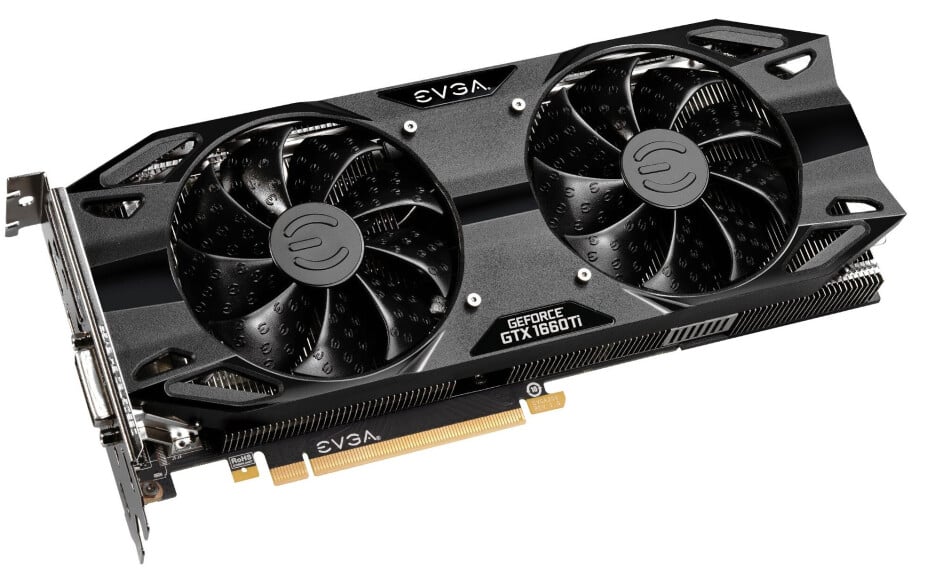
For those on a tight budget, consider purchasing a refurbished GPU from platforms like eBay. Specifically, the GTX 1660 falls within the $100-$150 range. However, it is important to note that used cards can come with issues like performance degradation. Therefore, ensure the unit functions optimally before purchase, perhaps by contacting the seller directly.
2. Under $250
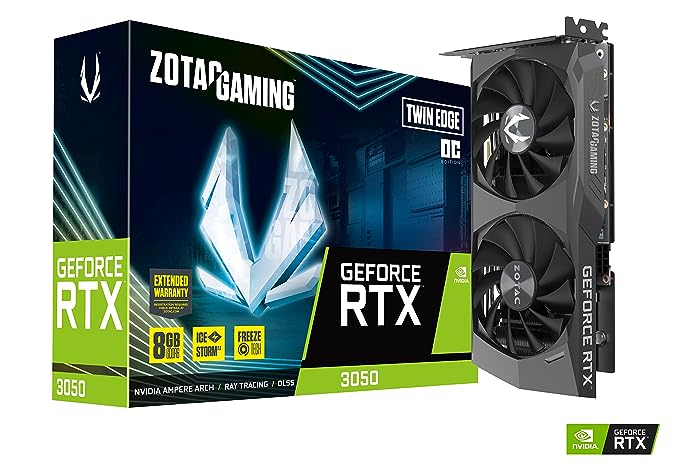
In the sub-$250 bracket, the new RTX 3050 stands out, supporting ray tracing and DLSS. However, it is important to note that this card is tailored for 1080p gaming and will struggle with high-resolution ray tracing.
On the refurbished market, users can explore the RTX 2070, which exceeds the RTX 3050 by 20%-30% in most performance aspects.
3. Under $400

Within this price range, users have the choice between the RTX 4060Ti or its smaller sibling, the RTX 4060. While both cards support 1440p gaming, their ray tracing performance falls short at resolutions higher than 1080p. Additionally, the 4060Ti’s 8GB VRAM might become a limiting factor for future games.
In the refurbished market, the RTX 3070 stands out, offering a slight performance boost over the 4060Ti.
4. Under $600
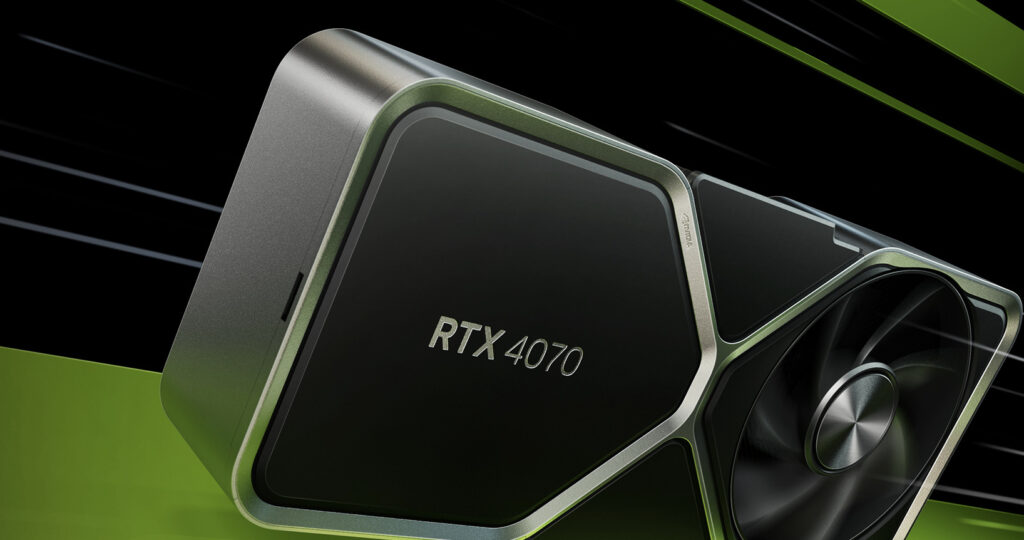
For the $600 bracket, the new RTX 4070 emerges as a well-balanced Nvidia GPU. It boasts a 23% performance boost over its predecessor while maintaining the same price, offering a rare value for money in Nvidia’s lineup.
5. Under $1,200

Since Nvidia does not have a card at the $1,000 price mark, the next one on the lineup is the RTX 4080. Despite its high price, its exceptional performance sets it apart. The 4080 surpasses every other card in the 30-series lineup, ranking as the second-fastest Nvidia card available. Alternatively, if aiming for a sub-$1,000 option, the RTX 4070Ti is worth considering.
6. Under $2,000

The undisputed king of the GPU market, the RTX 4090 is the go-to machine if you want all-out performance without any compromises. In terms of raw power, this GPU stands approximately 35% faster than the 4080 and supports up to 8K gaming.

